Guttation – plant‘s tears
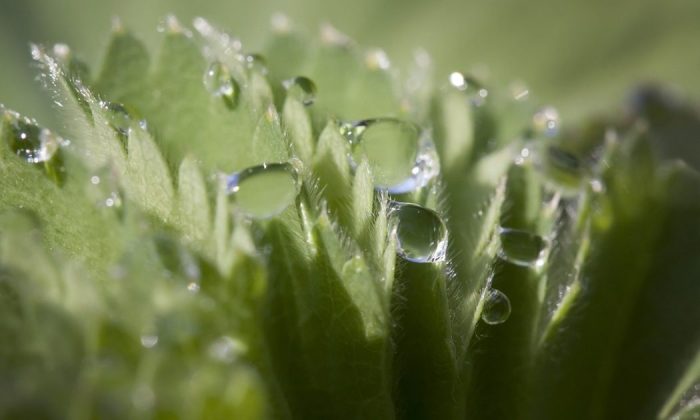
Underneath the mysterious concept of guttation we refer to a process in which water appears on leaves of plants – without watering the plant of course. Plants excrete large amounts of water using so-called hydatodes. This usually happens in a very humid environment, most often at night and during early morning. Guttation is normal for plants in the wild, but also for some tropical mushrooms. Through the process of guttation plants get rid of excess water, which may also contain certain minerals.
Transpiration is not the same as guttation
Plants also get rid of excess water through a process called transpiration. Plants evolved to manage a lack or an excess of water, and guttation and transpiration are those two processes plants use. The fundamental difference between the two processes is that while in guttation the excess water appears in the form of drops, in transpiration the water is lost through evaporation.
Photo: Pixabay
Which plants can perform guttation?
Not all plants can perform guttation or transpiration. Among those that have such ability are, for example, (Monstera deliciosa), or (Hoya), Ficus (Ficus), or calla lily (Zantedeschia aethiopica). These plants are commonly grown as houseplants. Other plants that grow in nature include horsetail (Equisetum fluviastille), wild strawberries (Fragaria vesca), lady’s mantle (Alchemilla vulgaris) and nasturtium (Tropaeolum).
Is guttation water poisonous?
Water excreted through guttation is not a pure water. It contains salt ions and phytohormones and none of these substances are poisonous. So, if you have plants in your apartment and you see guttation, you do not have to worry about poisoning your pets or children.
Preview photo: Pixabay

Gardening is my hobby, I have a lot of experience and I am happy to share it.
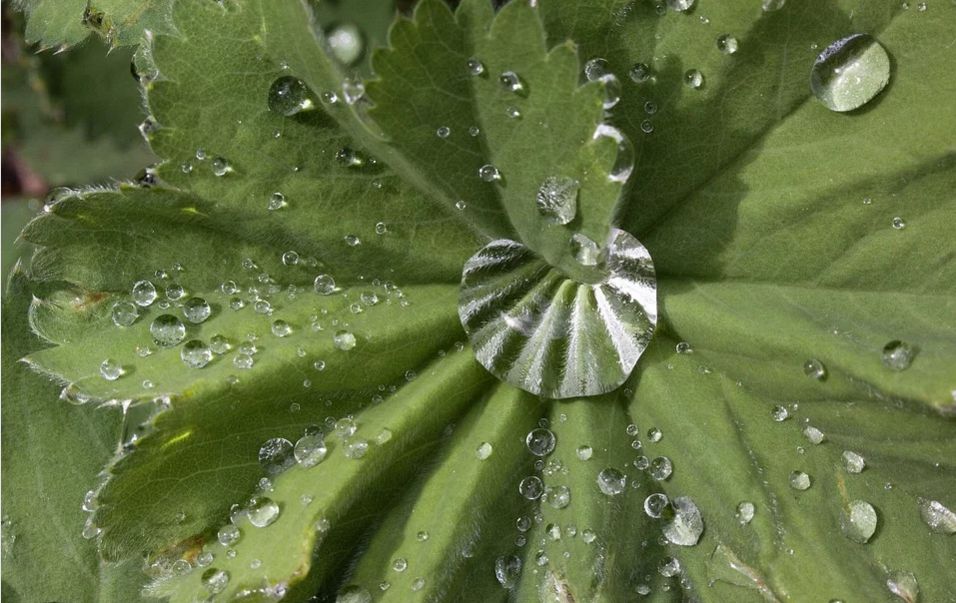


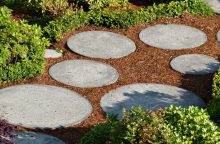
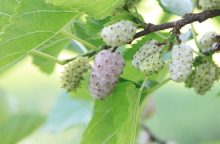

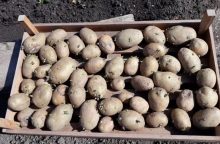
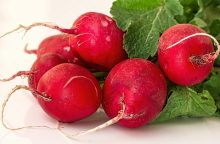
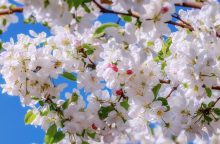
0 comments